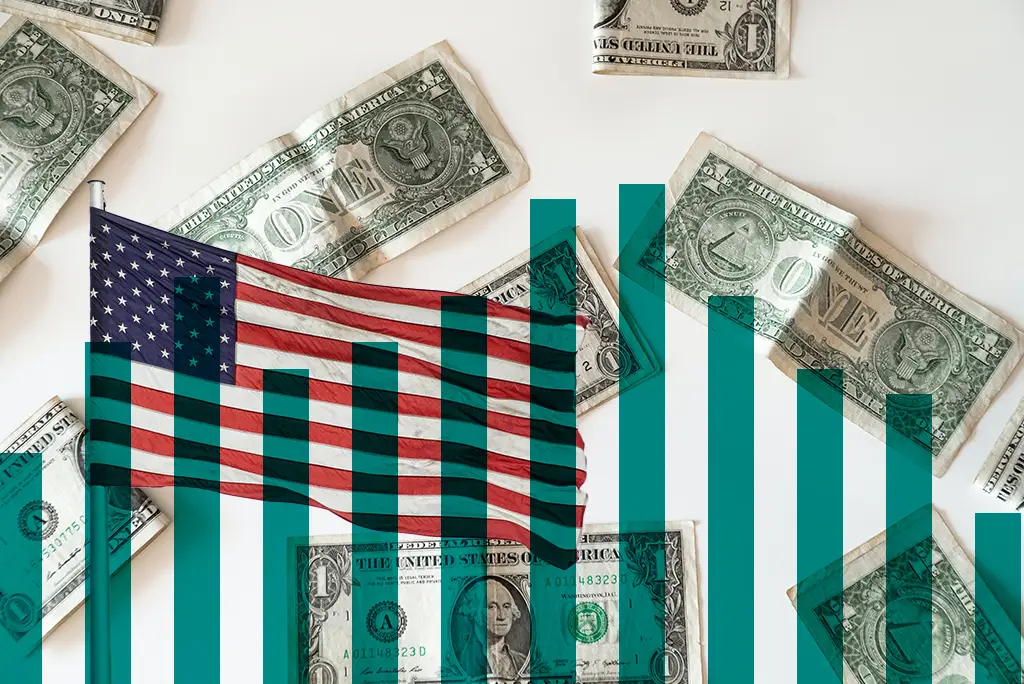Bloomberg Economics anticipates Wednesday’s monthly report on US consumer prices will reveal a third consecutive month of low core inflation, further discouraging additional Federal Reserve interest-rate hikes.
Federal Reserve officials will likely attach greater importance to a marginal 0.2% price rise in August. That excludes food and energy, as opposed to a 0.6% uptick in the overall consumer price index primarily attributed to energy-driven fluctuations.
According to economists Anna Wong and Stuart Paul, monthly headline inflation is predicted to be robust. Annualized core inflation is projected to hover around the Fed’s 2% target for a third consecutive month. This represents the lengthiest period of restrained core measurements since early 2021 when inflation experienced a sharp increase.
The anticipation is that the high headline inflation will not sway policymakers but will find comfort in the prolonged period of modest core inflation data. This follows their move in July, raising the benchmark target range to 5.25% to 5.5%, the highest level in 22 years.
According to futures markets, there is currently a slightly less than 50% probability of another interest rate increase by the Federal Reserve in 2023, reflecting the shift in sentiment due to the slowdown in core inflation.
Fed Chair Jerome Powell and other central bank officials have acknowledged the positive developments in recent inflation reports but cautioned that the battle against inflation continues. They also indicated that sustained economic strength might necessitate another interest rate hike.
Escalating oil costs have further muddied the future landscape, increasing gasoline prices and stoking concerns that the central bank might choose to implement further tightening measures.
Primarily influenced by oil prices, the elevated headline figure might prompt markets to anticipate more rate hikes. Wong and Paul argue this interpretation would be misguided.
Wong and Paul suggest mounting evidence of slowing wage growth and a hiring downturn should persuade skeptical Federal Reserve officials that current interest rates are already adequately restrictive.
US economy so resilient after Fed tightening
The Federal Reserve has implemented a 500 basis point increase in its benchmark interest rate, resulting in a yield curve inversion. Typically, elevated interest rates dampen spending by households and businesses, often triggering economic downturns.
In this economic cycle, however, many households exhibit notably sound financial health, boasting significantly reduced debt as a percentage of GDP compared to the period preceding the 2008–09 global financial crisis.
Furthermore, since that crisis, banks have adopted a more cautious approach when extending loans to individuals with poor credit histories. Following an extended period of low interest rates, most mortgages today feature fixed rates rather than adjustable ones.
Consequently, the impact of higher mortgage interest rates on the borrowing costs of most homeowners is not immediately pronounced.
As a result, even though household debt servicing expenses are on the rise, they remain historically low, allowing for sustained growth in consumer spending. This favorable condition enables continued expansion in consumer expenditure.
US bond yields have risen
Recently, US government bond yields have surged, reaching levels akin to those seen 17 years ago.
High bond yields suggest that real (inflation-adjusted) rates are notably elevated, as indicated by the comparatively low breakeven rates measuring long-term inflation expectations among bond investors.
This situation implies that bond investors anticipate robust and ongoing economic growth, coupled with the persistence of elevated short-term interest rates in the coming years. Currently, US government bond yields are at a level similar to that witnessed nearly two decades ago.
US households depleted their excess savings
Over the past two years, consumer spending continued to rise despite declining real incomes, as wages lagged behind inflation.
This resilience was partially due to households tapping into the substantial pool of excess savings accumulated during the pandemic, primarily sourced from government stimulus measures.
Presently, there exists a debate concerning the extent to which this surplus savings pool remains, a factor that could significantly impact consumer spending growth.
Nonetheless, even if most of it has been spent, the fact that wages are now increasing at a pace surpassing inflation rates offers a potential buffer for continued spending.

